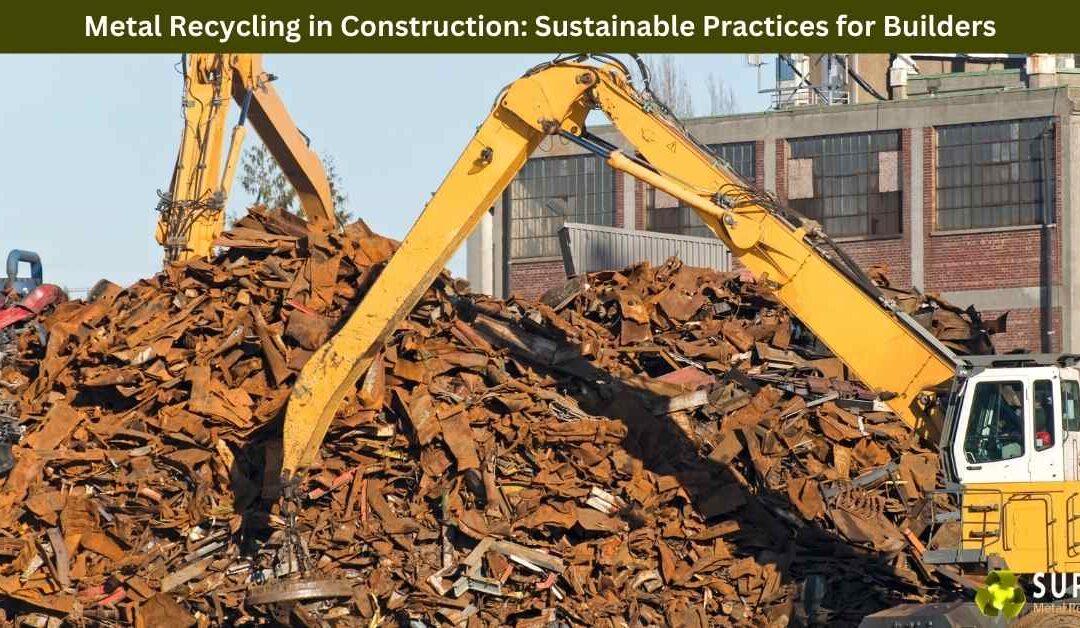The construction industry is one of the largest consumers of natural resources, and with growing environmental concerns, sustainable practices are becoming a priority. Metal recycling plays a significant role in promoting sustainability within construction, offering both environmental and economic benefits. Here’s how builders can integrate metal recycling into their projects for a greener future.
1. The Importance of Metal Recycling in Construction
Recycling metals like steel, aluminum, and copper reduces the need for mining raw materials, conserving natural resources and reducing energy consumption. Recycled metals require significantly less energy to process compared to new materials, leading to lower greenhouse gas emissions. By incorporating recycled metals, builders can reduce their carbon footprint and contribute to a more sustainable industry.
2. Benefits of Using Recycled Metals
Using recycled metals in construction offers multiple benefits:
- Cost Efficiency: Recycled metals are often more affordable than new materials, helping builders reduce project costs.
- Environmental Impact: Reducing the demand for virgin materials lowers environmental degradation and pollution.
- Durability: Recycled metals maintain their strength and integrity, ensuring high-quality construction.
3. Implementing Metal Recycling on Construction Sites
Builders can adopt various strategies to promote metal recycling on construction sites:
- Source Separation: Separating metal waste from other construction debris ensures efficient recycling.
- On-Site Recycling: Setting up designated recycling areas on-site makes it easier to collect and process metal scraps.
- Partnering with Recycling Facilities: Collaborating with local metal recycling companies ensures proper handling and processing of metal waste.
4. Designing with Recyclable Metals
Architects and builders can design projects with recyclability in mind by selecting materials that can be easily recycled at the end of their life cycle. Prefabricated metal components and modular designs also minimize waste and simplify the recycling process.
5. Compliance with Green Building Standards
Incorporating metal recycling practices helps builders meet green building certifications like LEED (Leadership in Energy and Environmental Design). These certifications not only enhance a project’s sustainability credentials but also attract environmentally conscious clients and investors.
6. Educating Construction Teams
Training construction teams on the importance of metal recycling and proper waste management practices is crucial. Providing guidelines and resources ensures that everyone on-site understands their role in promoting sustainability.
Building a Greener Future
Metal recycling in construction is a practical and effective way to promote sustainability, reduce costs, and minimize environmental impact. By integrating recycled metals, adopting efficient waste management practices, and designing with sustainability in mind, builders in Melbourne and beyond can contribute to a greener, more responsible construction industry.
If you are in Seaford, Victoria 3198, and looking for a metal recycling service, this is the best way to visit us.
Super Metal Recycling
345 Frankston – Dandenong Road, Dandenong South VIC 3175
(03) 9706 4909


Recent Comments